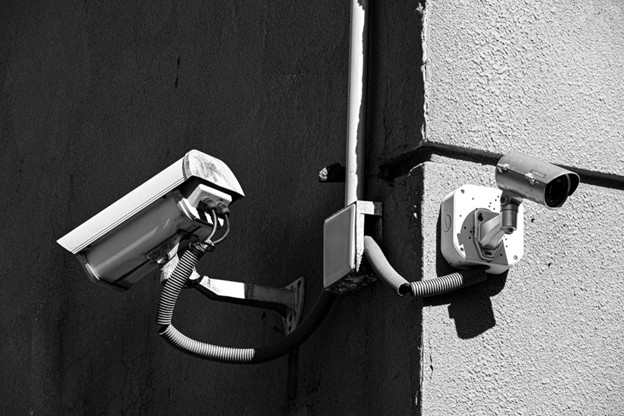
A liposuction procedure involves reducing a patient’s fat volume by physically removing the fat cells. During the procedure, your care provider will make a small incision on the skin and then insert a cannula, a hollow metal tube that is attached to a suction device, and then, by gently moving back and forward, the tube gently sucks out the fat cells, thereby reducing the volume. Your San Francisco liposuction specialists at Aesthetic Surgery Center are highly equipped and experienced in performing this aesthetic procedure.
However, no surgical procedure is without some degree of risk. Some of the risks associated with liposuction include:
- Anesthetic risks
When you have surgery, it is done under general anesthesia or local with any additional type of sedation. The problem with local anesthesia is that you are less likely to get a good result. Patients that have liposuction under local anesthesia might have excessive pain and bleeding.
Additionally, there can be complications that are due to the local anesthesia itself. Your surgeon should strictly be aware of limits to prevent complications caused by too much anesthesia. The amount of anesthesia given to a patient can be calculated based on their weight.
It is essential to understand that any anesthesia, general, local, and combination, has some risks.
- Bleeding
The way anesthetics is done today, with local anesthesia, the amount of bleeding is minimal relative to the amount of fat removed. In the past, almost a third of what was suctioned out was blood. Surgeons were limited because they could not remove more than a liter or two because you would only lose a unit of blood. Now, blood is as low as 1% of what is suctioned out, a lot less, given the proper techniques. Bleeding has become an infrequent complication.
- Infection
This risk is a possibility every time a surgeon makes an incision on the body. Again, with liposuction, the risk of infection is relatively small. Your doctor will provide you with IV antibiotics at the time of your operation and advise you to take antibiotics after the operation to keep the infection rate low. Patients should ensure to visit a health facility that is properly certified to reduce the risk of infection.
Other common risks of liposuction include:
- A bit of a contour irregularity
This risk means a little bit of extra fullness or hollowness in an area. The irregularity is usually manageable afterward by your surgeon simply taking a little more fat out, perhaps in a small touch-up procedure or grafting fat back into an area.
- Changes or loss in sensation
This complication is very unlikely with liposuction. Usually, sensation changes temporarily. It would be highly unusual for anyone to have any chronic pain after liposuction. However, it is a possibility. Some nerves could be bruised or injured and just never quite come back as they used to. This risk is very infrequent but possible.
- Redness and bruising
The risk of developing redness and rashes on the skin is not a complication because they disappear with time. The liposuction procedure involves deeper bruises and those things get better and soften with time and rarely require any additional treatment.
Stay up to date with the latest in liposuction by contacting the Aesthetic Surgery Center to learn more about liposuction and the available treatment options.






